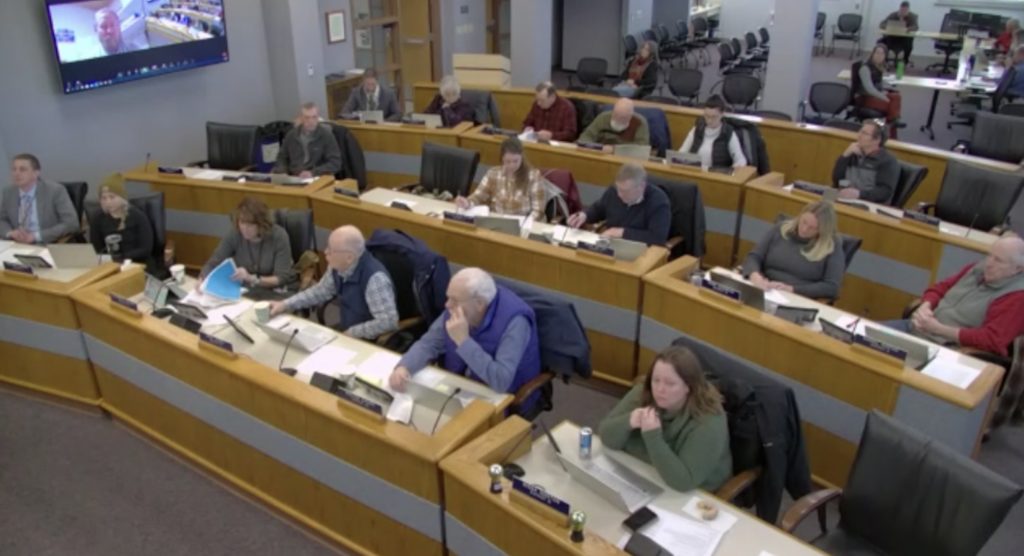A majority of Door County municipalities have started the process of expanding broadband internet access to every home and business in their boundaries, a county broadband coordinator told the Door County Board of Supervisors Friday.
Only two municipalities – the towns of Washington and Baileys Harbor – have so far received grants to fund that work, the coordinator, Jessica Hatch, said. But an additional five have selected internet service providers to partner with, and nine more have committees working on internet service provider recommendations.
The work is part of a county-wide effort to improve and expand internet access by connecting every home and business in the county to a high-speed fiber-optic network. The county government is supporting the effort with $1 million in Covid relief funding from the American Rescue Plan, a 2021 federal law.
A plan to achieve that county-wide access was outlined in a 2021 report commissioned by the Door County Economic Development Corporation in collaboration with the county government, 11 municipal governments and three other private organizations.
The report identified that 1,574 miles of fiber-optic cable needed to be run to serve the entire county, including 1,092 miles needed to serve rural areas. The total cost of the broadband implementation would be more than $130 million, including more than $76 million for rural areas, according to the report.
To reach that goal, municipalities have been putting out requests for proposals to internet service providers and then – once a provider has been selected – applying for grant funding through the Wisconsin Public Service Commission.

The towns of Washington and Baileys Harbor were awarded federally funded and state-funded grants last year.
The towns of Liberty Grove, Jacksonport, Sevastopol, Nasewaupee and Clay Banks have selected internet service providers to partner with, Hatch said Friday. The towns of Gibraltar, Egg Harbor, Sturgeon Bay, Forestville, Brussels, Union and Gardner, and the villages of Sister Bay and Egg Harbor, have committees working on internet service provider recommendations.
Based on one definition of what counts as broadband internet speed – more than 25 megabits per second download speed and 2.99 megabits per second upload speed – county survey results show only 20 percent of respondents were served by broadband speeds, Hatch said. Another 37 percent were considered unserved, and 43 percent were considered underserved.
Based on another definition that uses higher speed thresholds – including 100 megabits per second in download speed – the survey results showed only 1 percent of respondents being served by broadband speeds, Hatch said.
The county had received more than 3,700 responses to the survey as of late January, Hatch said.
